When it comes to creating a home that is both beautiful and functional, lighting plays a pivotal role. But how do you strike the perfect balance between form and function? The answer lies in a thoughtful, layered approach to lighting design that caters to safety, ambiance, and overall aesthetic.
Functional Lighting for Safety and Security
First and foremost, the practical application of lighting cannot be overstated. Have you ever fumbled for your keys in the dark or felt uneasy walking up a dimly lit pathway? Exterior lighting solutions, such as pathway lights and motion sensor lights, can transform these experiences. Pathway lights not only ensure safe passage but also add a welcoming glow to your home’s exterior. Motion sensor lights provide an additional layer of security, illuminating dark areas as soon as movement is detected. Functional lighting doesn’t end at the front door. Motion sensors can also be incorporated into interior stairways, as well as pantries and closets to make trips to and from these spaces a breeze. Under cabinet toe kicks lighting under a bathroom vanity can provide the right amount of gentle light for visibility in the middle of the night.
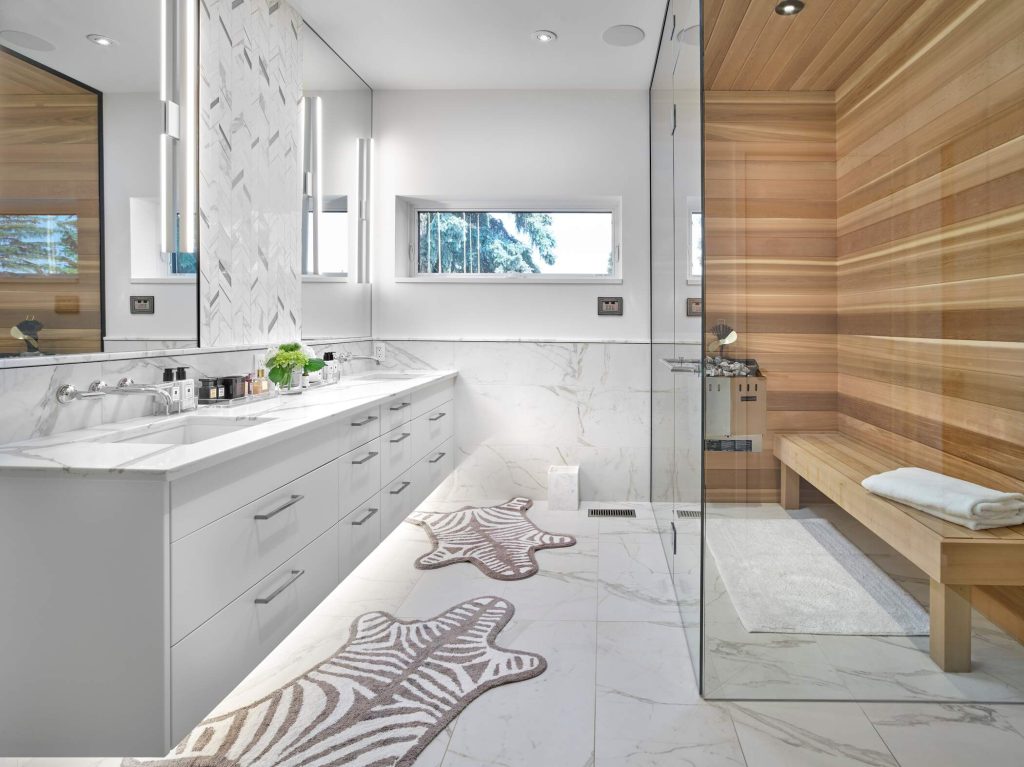
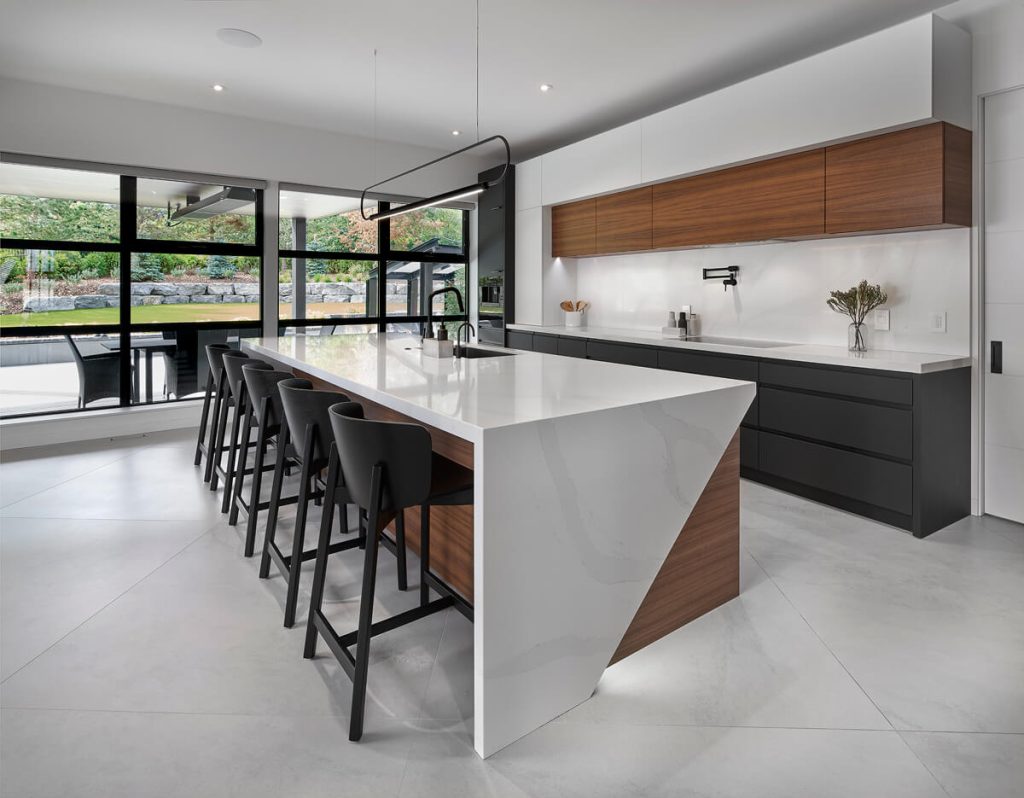
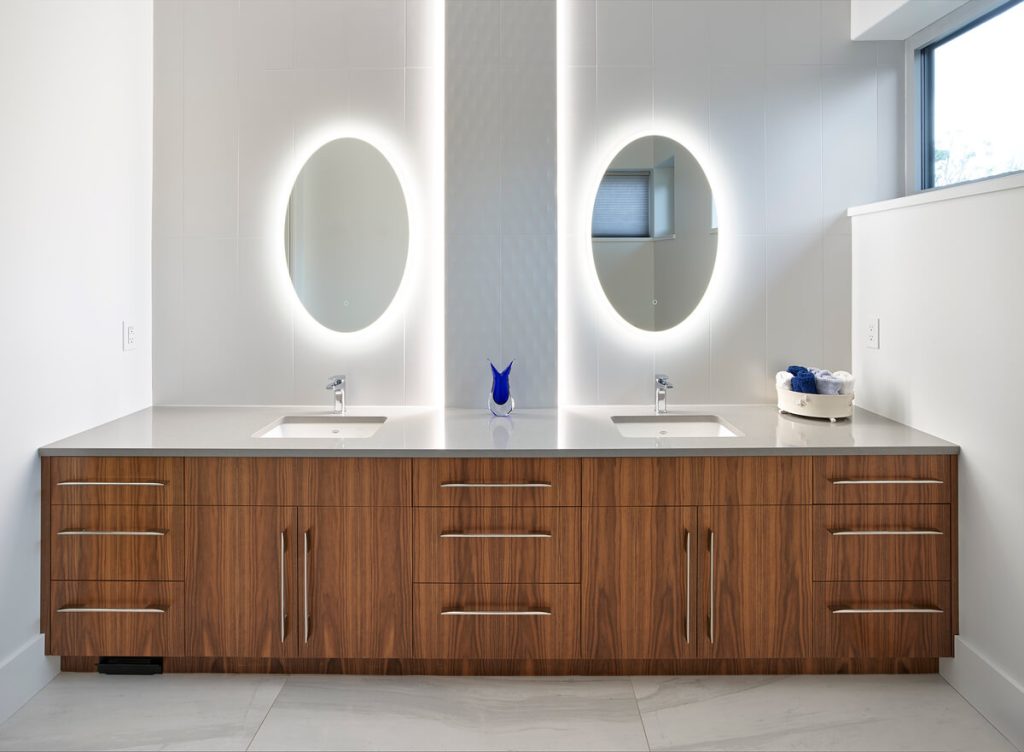
Layering for Atmosphere and Ambiance
Beyond practicality, lighting has the unique ability to set the mood and enhance the atmosphere of any room. Imagine walking into a warmly lit living room where table lamps cast a soft glow, sconces add a touch of elegance, and intentional directional lighting subtly highlights architectural features. This multi-layered approach to lighting creates depth and dimension, making the space inviting and comfortable.
Ambient lighting provides general illumination, task lighting focuses on specific activities, and accent lighting highlights key features. By combining these layers, you can tailor the ambiance to suit any occasion, from a cozy family movie night to a sophisticated dinner party.



The Science of Light: Direction, Temperature, and Control
The direction, color temperature, and dimmability of light can dramatically influence the feel of a space.Typically, we find our clients and designers prefer 3000 Kelvins as a standard light warmth, however some clients opt to have warmer or cooler levels depending on how they live and operate in their homes Cooler light tends to come across as more clinical, but can be helpful for us to focus on tasks and allow us to feel more awake, whereas warmer light lends to a more comforting aesthetic. For homeowners who want to take advantage of as much natural light as possible, south facing windows will provide the most amount of sunshine into the home.
Directional lighting, such as uplighting or downlighting, can also alter a room’s perception. Uplighting can create a sense of height and openness, while downlighting offers a more intimate, focused ambiance. Dimmable lights add another layer of versatility, allowing you to adjust the brightness to suit your needs and mood.
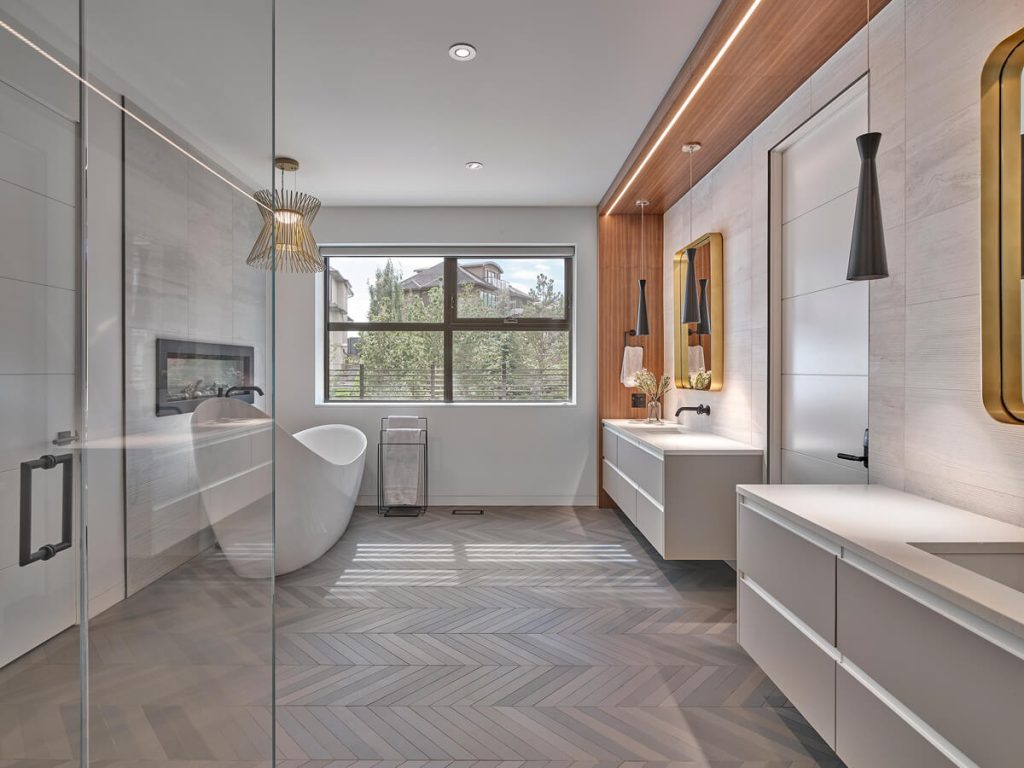
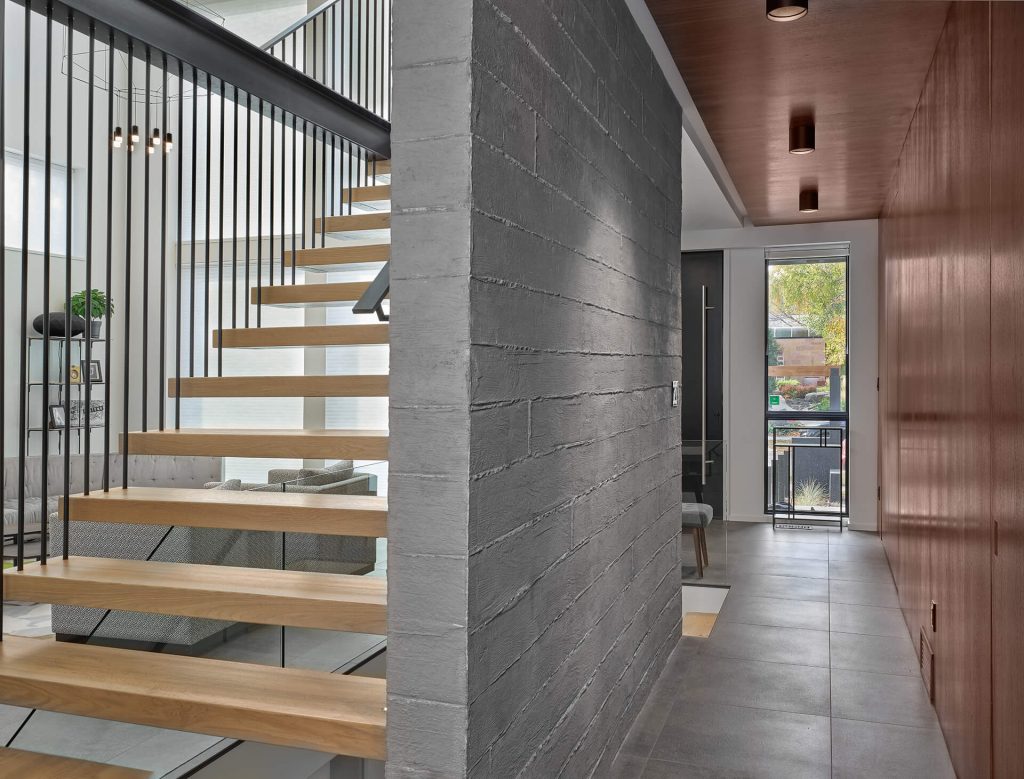

Sustainability and Innovation in Lighting
In our commitment to sustainability, we prioritize energy-efficient lighting solutions that reduce environmental impact without compromising on style or functionality. LED lights, for example, consume less energy and have a longer lifespan compared to traditional bulbs. We understand that lighting is more than just a necessity—it’s an integral part of your home’s design and your daily life. Our collaborative approach ensures that every detail, from the placement of a sconce to the temperature of an LED bulb, reflects your unique preferences and lifestyle.
When thoughtfully designed, lighting can elevate your home to new heights of comfort, safety, and style. Whether you’re seeking to illuminate your pathways for security or create a layered ambiance in your living spaces, the right lighting choices make all the difference.
Back to Blog
